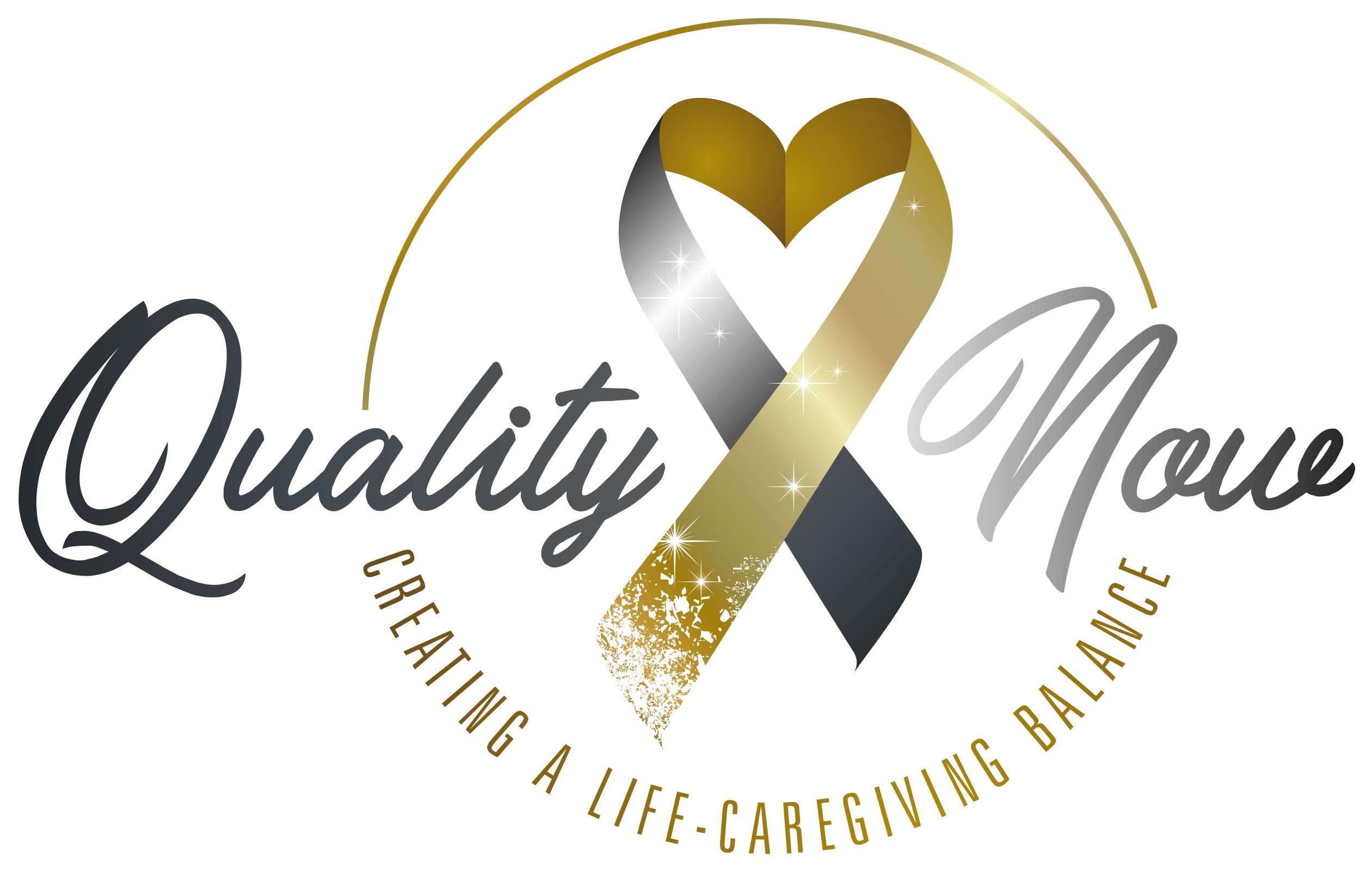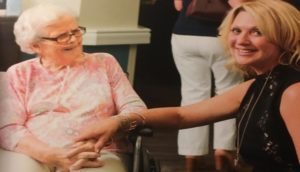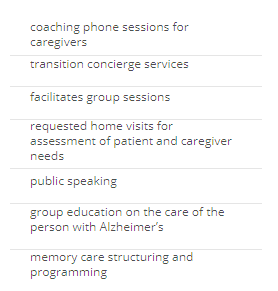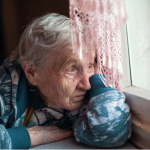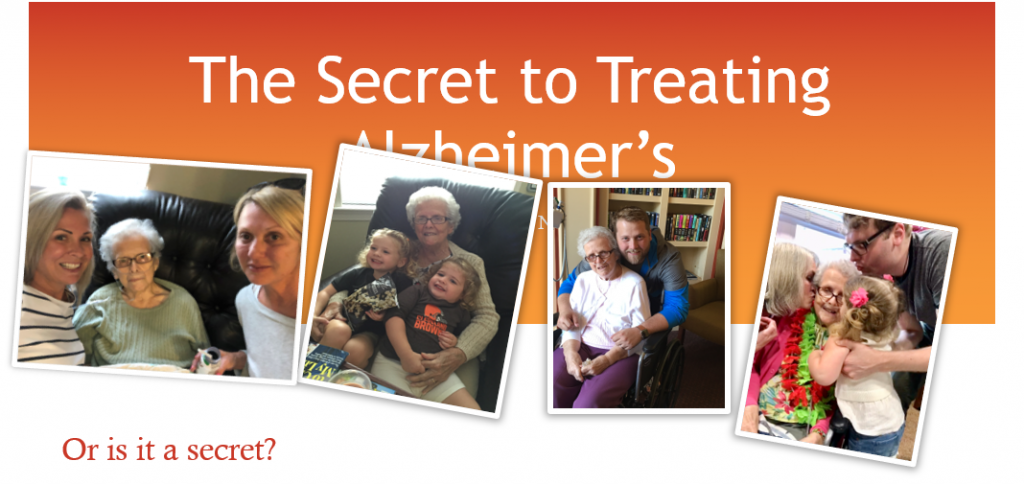
Pam Reese’s blog provides opinions and information for caregivers providing senior home care for those with Alzheimer’s
The truth is that people diagnosed with Alzheimer’s have the ability to feel and have emotions long after the causing event. The focus, often times, is far too much about glimmers of memory from the past and struggling to connect to a distant memory. Although Alzheimer’s patients tend to lose short-term memory first and retain some long-term memory, the challenge caregivers face is knowing if the retained memory is good. For instance, what if the constant talking of the high school dance was the worst date they ever experienced? Or perhaps thinking they are still living in a 1950’s small town that they can’t wait to flee? Why would we want to capitalize on those types of negative memories? Is it because they have a glimmer of familiarity and we think that it’s good treatment to keep things familiar.
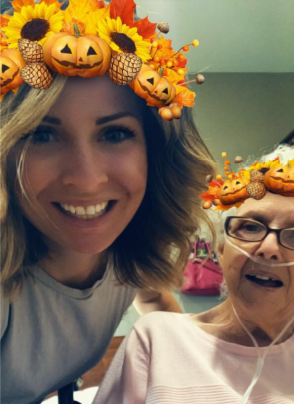
A walk down memory lane or reminiscent therapy, although pleasant and beneficial to those in early stages of Alzheimer’s, are not always the best as the disease progresses. What about walking paths and beautiful garden trails? I believe everyone should be exposed to beauty, nature and exercise. But could this be seen as a path going nowhere as a symptom of Alzheimer’s such as wandering or pacing. Some added questions posed would be:
- Should we delve into the root cause of the wandering or pacing?
- Is the Alzheimer’s person anxious, confused to where they are or maybe the person is trying to go home?
- Is walking to exhaustion a good thing?
- Is every activity for the cognitively impaired relevant for the individual patient?
The preceding questions should be asked when looking at treating
Alzheimer’s.
Meaningful treatments focus on what the person is able to do today and
presenting a care path relative to that capability. The key of
treatment to a disease that has no prevention and no cure is to
provide an unstressed and positive life.
Habilitative care came into play over 20 years ago for people with dementia and
Alzheimer’s, which is exactly what I described. However, the
stronger targeting of positive feelings and emotions of the patient
are a major component of the care recipe. The final step to achieving
success in treatment is to keep it consistent every day from waking
hours to sleep. It sounds daunting, trying to relive a
Pollyanna world every day, and sometimes we just don’t feel like
it. So, we must put treatment in perspective. This is
treatment:
- how we talk to our person
- how we behave in front of them
- the stimulus that we provide them will make even faking it some days
better for the Alzheimer’s journey as well as the caregivers
journey.
This helps put clarity to the questions, what can I do?
So, is this a secret? No, not really. However, you would think it is because many people are not talking about this or detailing the path to creating positive emotions for the individual. Or are people talking about it and not doing it? In order to be successful and achieve the desired results, the caregiver must be aware of the person with Alzheimer’s functional capabilities and strive to maintain those functions daily. Keeping positive emotions happen when the Alzheimer’s person is approached with calmness, from the front, and by providing touch, hand holding, providing funny movies to watch and listening to uplifting happy music. There are whole programs on how to provide sensation and perception care which is focusing on today’s abilities while creating positive emotions. Right now, in the quest to lessen the effects of Alzheimer’s disease, this is what we have and it works!
The Quick version of caregiver burnout for a parent or spouse.
When someone enters the profession of caring for others, there is an expectation of what that looks like. Whether it is a licensed nurse or certified nurse aide, the professional caregiver voluntarily enters into a challenging and difficult yet rewarding...
Speaking Engagement
Professional “From Provider to Customer, a rude awakening”.Sometimes a series of events evolve to a point that causes us to change our ideas, attitudes, and beliefs. Sometimes this evolution can revitalize awareness, produce new paths and create positive change. A...
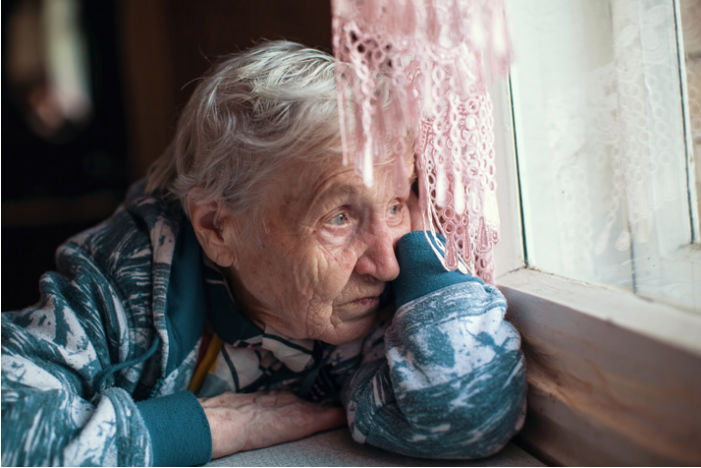
Nursing Homes and COVID-19: What Families and Society Need to Know
Your content goes here. Edit or remove this text inline or in the module Content settings. You can also style every aspect of this content in the module Design settings and even apply custom CSS to this text in the module Advanced settings.
Beyond “Stay In Place” – Use The Home “Firewall Approach” During COVID 19
How often have you taken measures to contain your family members in attempt to control a member from acquiring an infection? For many of us, the answer is seldom. For some of us, its disenfecting bathrooms after a member recovers from a stomach virus. The struggle is...
Why Memory Care Doesn’t Work.
Why Memory Care Doesn’t Work. Pam ReeseFebruary 10, 2020 Ever wonder if a Memory Care unit or facility is for your loved one? I wrote the attached article, “Alsheimer’s care isn’t working; here’s what is”, with the Provider of Memory care units in mind, however, the...
Caring And Meal Times, The Worst Part Of My Day.
In reality, I could come up with 10 different worst times of the day in caring for my mom. Even when she was spending her last few months in a Memory Care unit, the same worst time of the day continued. That time was absolutely mealtime. Mom had...
Children And Seniors
The one thing I always wanted to do in my career, was to put staff childcare centers in my skilled nursing and rehabiitation facilities. The stop gate was the potential liability and other factors that perhaps I could overcome today. It is not a secret...
